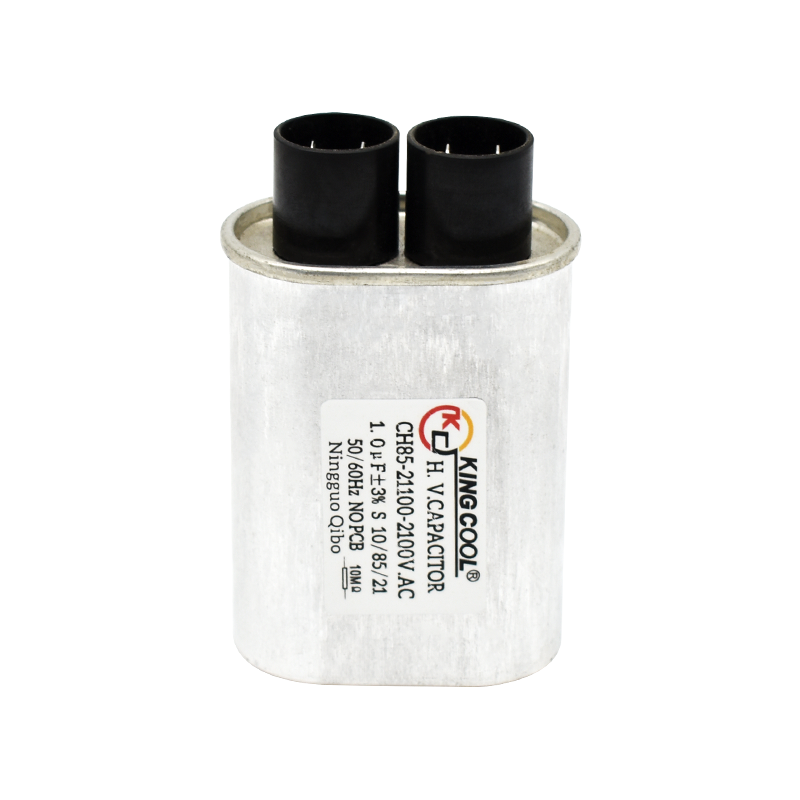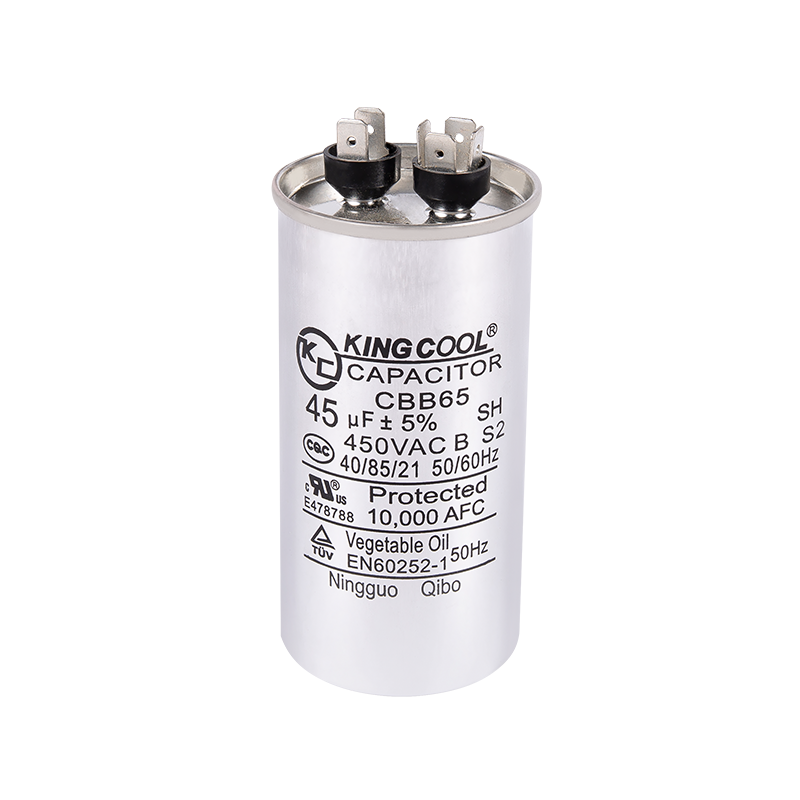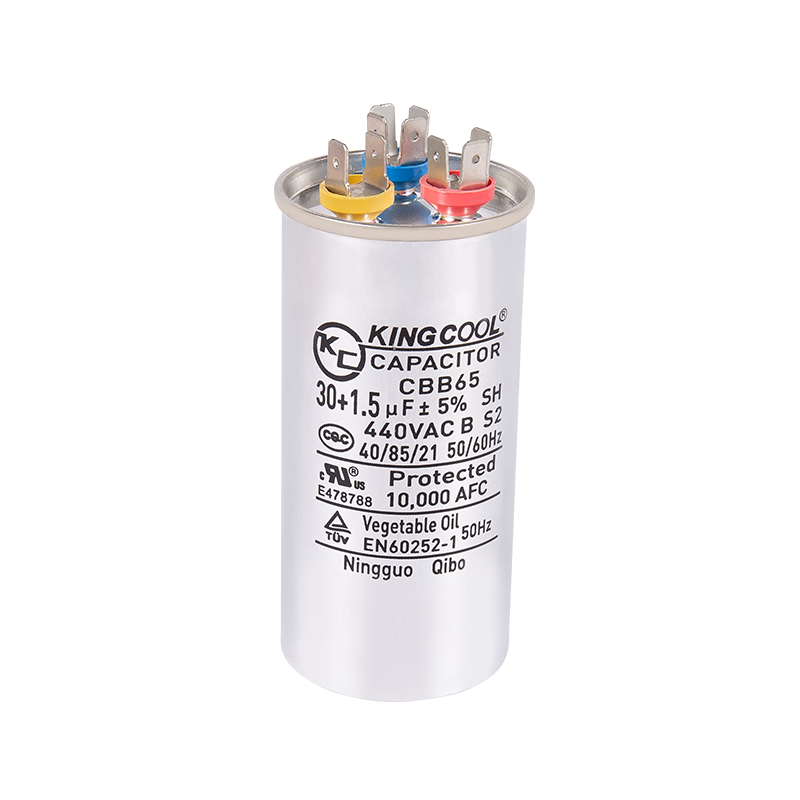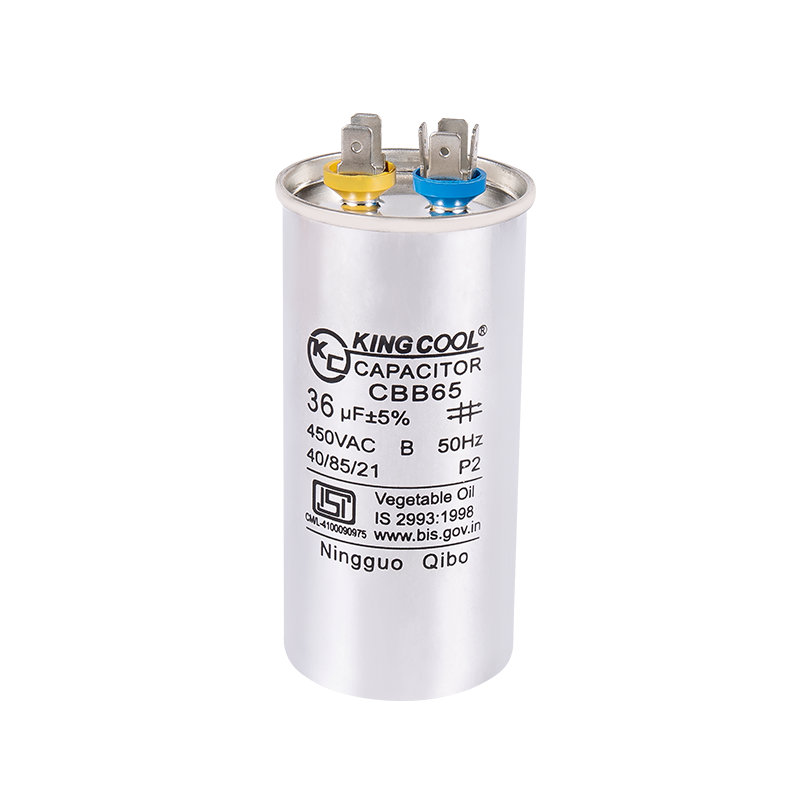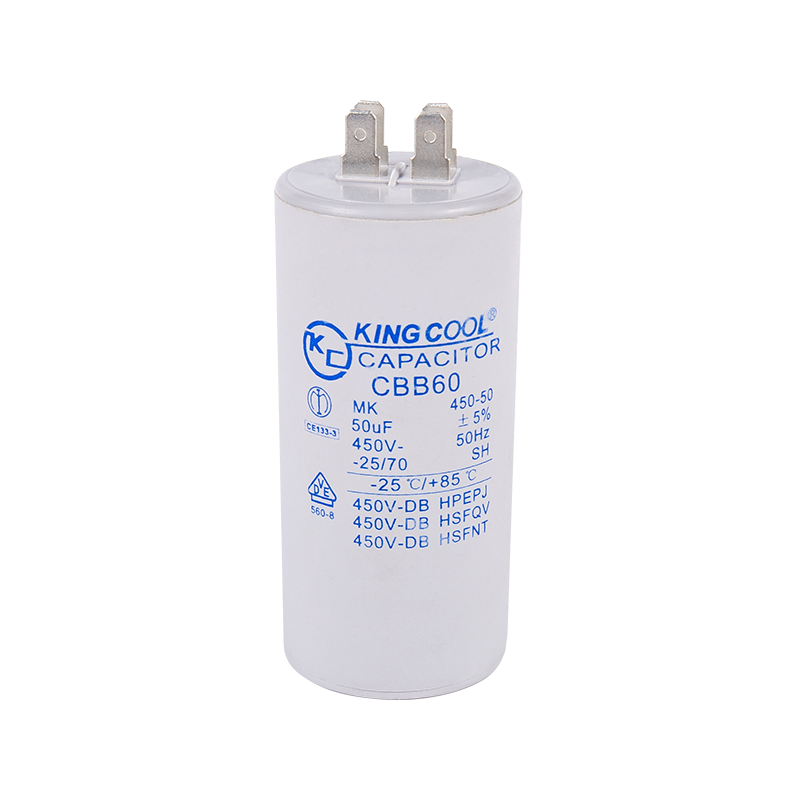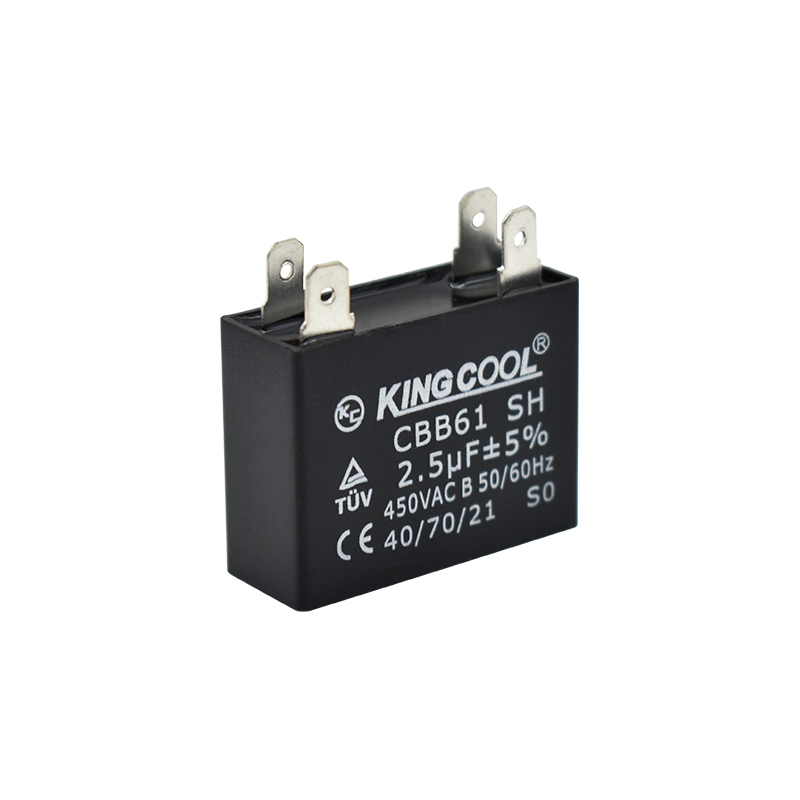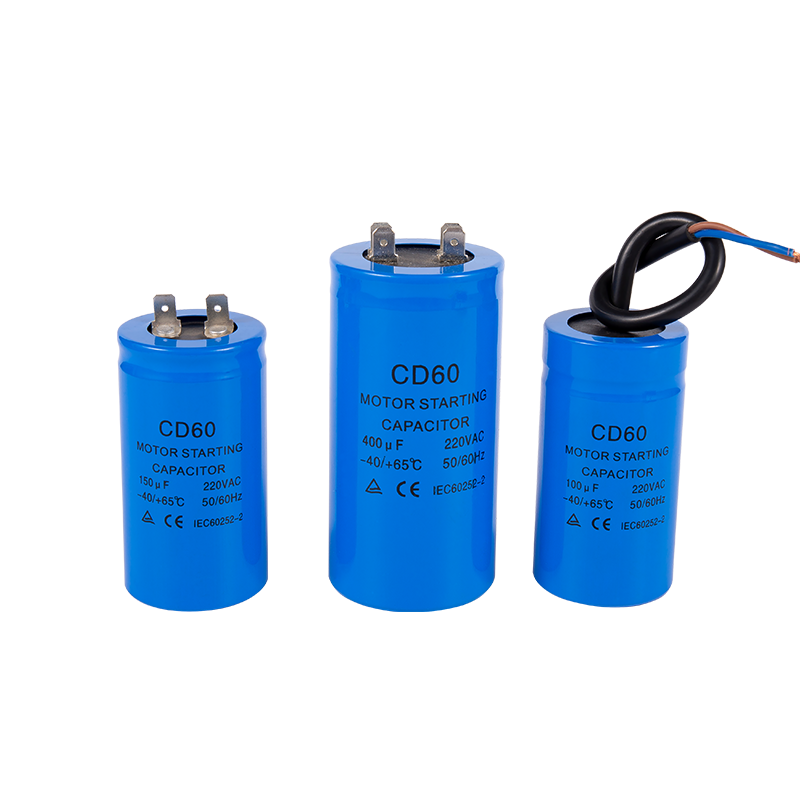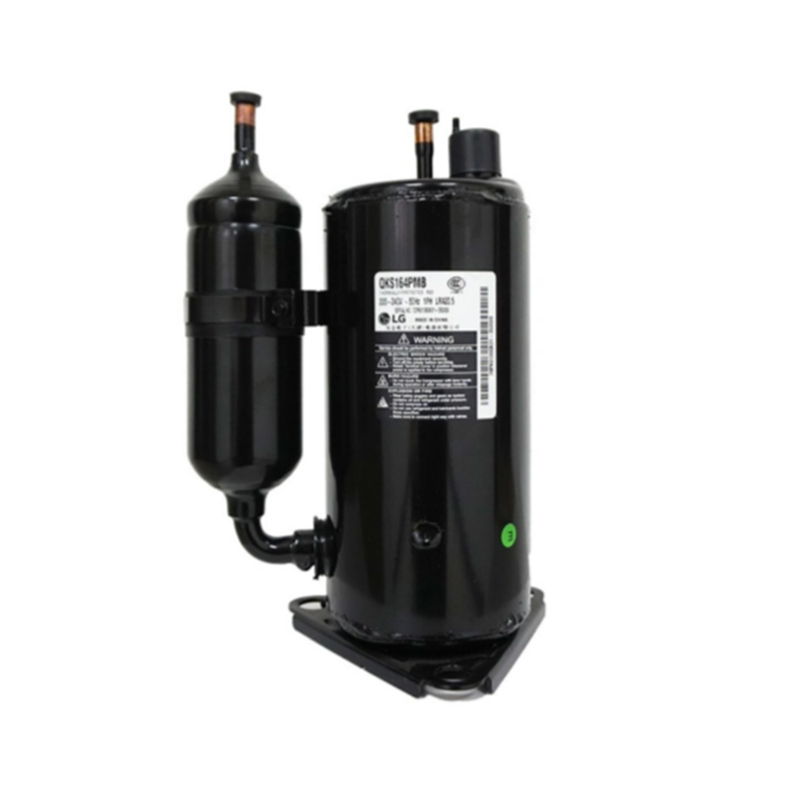- Home
- About Us
- Product
- Capacitor
- Air-Conditioner Parts
- Compressor
- Universal A/C Control System & Remote
- Temperature Controller
- Contactor & Transformer
- Relay & Overload & Delay Timer
- Indoor And Outdoor Air Conditioning Motor
- Defrost Timer
- Thermostat Guard
- Select Switch
- Fan Blade
- Air Conditioner Bracket
- A/C Flow Deflector & A/C Service Bag
- High Pressure Washer
- Charging Valve & Capillary & Wave Tube
- All A/C Brands Sensor
- Insulation tuber
- Refrigerator Parts
- Refrigeration Parts
- Axial Fan
- Microcomputer Temperature Control
- Voltage Protector
- Vacuum Pump & Refrigerant Recovery Unit & Scale
- Brass & Copper Fitting
- Installation Material
- PVC Air Curtain
- Condensate Drain Pump
- Refrigerant
- Copper Tube
- Filter Drier & Oil Separator For Refrigeration System
- Vibration Absorber
- Control Valve & Fitting & Component
- Manifold Gauge
- Thermometer
- Air Curtain
- Condenser Unit
- Condensing Unit
- AC Cooling Fan
- Refrigerant Leak Detector
- Latch & Hinge
- Washing Machine Parts
- Home Appliances Parts
- Instruments&Tools
- Resources
- News
- Contact Us
Web Menu
- Home
- About Us
- Product
- Capacitor
- Air-Conditioner Parts
- Compressor
- Universal A/C Control System & Remote
- Temperature Controller
- Contactor & Transformer
- Relay & Overload & Delay Timer
- Indoor And Outdoor Air Conditioning Motor
- Defrost Timer
- Thermostat Guard
- Select Switch
- Fan Blade
- Air Conditioner Bracket
- A/C Flow Deflector & A/C Service Bag
- High Pressure Washer
- Charging Valve & Capillary & Wave Tube
- All A/C Brands Sensor
- Insulation tuber
- Refrigerator Parts
- Refrigeration Parts
- Axial Fan
- Microcomputer Temperature Control
- Voltage Protector
- Vacuum Pump & Refrigerant Recovery Unit & Scale
- Brass & Copper Fitting
- Installation Material
- PVC Air Curtain
- Condensate Drain Pump
- Refrigerant
- Copper Tube
- Filter Drier & Oil Separator For Refrigeration System
- Vibration Absorber
- Control Valve & Fitting & Component
- Manifold Gauge
- Thermometer
- Air Curtain
- Condenser Unit
- Condensing Unit
- AC Cooling Fan
- Refrigerant Leak Detector
- Latch & Hinge
- Washing Machine Parts
- Home Appliances Parts
- Instruments&Tools
- Resources
- News
- Contact Us
Product Search
Exit Menu

Everything You Need to Know About AC Capacitors: Types, Functions, and Troubleshooting
Posted by Admin | 03 Jul
What Is an AC Capacitor and How Does It Work?
An AC capacitor represents a fundamental component in numerous electrical systems, with particular importance in air conditioning units where it serves the critical function of storing and releasing electrical energy to facilitate efficient motor operation. Unlike their DC counterparts that operate with direct current, AC capacitors are specifically engineered to handle alternating current, making them indispensable components in HVAC systems and various other AC-powered devices that require precise motor control and power factor correction.
1.1 The Fundamental Operating Principles of AC Capacitors
The operational foundation of AC capacitors lies in their ability to create a precisely calculated phase shift between current and voltage within an alternating current circuit, which generates the necessary torque for motor starting while ensuring smooth continuous operation. These components achieve this essential function through sophisticated energy storage mechanisms, where electrical energy accumulates within an electrostatic field generated between conductive plates separated by dielectric material, with this stored energy being released in carefully timed intervals to complement the alternating current waveform and maintain optimal system performance.
1.2 Critical Structural Components of an AC Capacitor
Every high-quality AC capacitor incorporates several meticulously designed elements that work in harmony to ensure reliable performance under varying electrical loads and environmental conditions. The conductive plates, typically manufactured from high-purity aluminum, form the primary charge storage surfaces whose surface area and separation distance directly influence the capacitor's storage capacity. These plates remain separated by specialized dielectric materials, ranging from polypropylene film in modern capacitors to paper in older designs, which prevent electrical contact while allowing electrostatic field formation. The entire assembly receives protection from a durable housing constructed from materials resistant to moisture, heat, and mechanical stress, with precision-engineered terminals providing secure electrical connections that maintain low resistance throughout the capacitor's operational lifespan.
Common Types of AC Capacitors and Their Applications
The diverse range of available AC capacitors reflects the varied requirements of different electrical systems, with each capacitor type offering distinct performance characteristics tailored to specific applications ranging from motor starting to power factor correction in industrial settings.
2.1 Comparative Analysis: Start Capacitors Versus Run Capacitors
Understanding the operational differences between start capacitors and run capacitors proves essential for proper system design and maintenance, as these components serve fundamentally different purposes despite their similar appearances. Start capacitors specialize in delivering the high initial torque required for motor startup, featuring larger capacitance values that provide the necessary energy burst but only for brief operational periods measured in seconds. Conversely, run capacitors operate continuously throughout system operation, maintaining optimal motor performance through consistent phase shifting while typically featuring lower capacitance values better suited for prolonged use. The following detailed comparison table highlights these critical differences:
| Feature | Start Capacitor | Run Capacitor |
|---|---|---|
| Primary Function | Provides substantial initial torque to overcome motor inertia during startup | Maintains consistent phase shift for smooth continuous motor operation |
| Operational Duration | Engages only during startup (typically 1-3 seconds) before being disconnected via centrifugal switch | Remains active throughout entire motor operation cycle without interruption |
| Capacitance Range | Substantially higher values ranging from 70 microfarads up to 800 microfarads for large motors | Moderate values typically between 5 microfarads and 70 microfarads depending on motor size |
| Failure Consequences | Prevents motor starting but allows manual starting in some cases | Causes motor overheating, reduced efficiency, and potential winding damage |
2.2 Advanced Capacitor Types: Dual Run Capacitors
Modern HVAC systems increasingly utilize dual run capacitors as space-saving solutions that combine two separate capacitor functions within a single compact unit, typically integrating both the compressor and fan motor capacitors. This innovative design not only reduces the physical footprint within crowded electrical compartments but also simplifies wiring configurations while maintaining optimal electrical characteristics for both connected motors. The dual capacitor configuration carefully isolates the separate capacitance values (usually marked as "Herm" for the hermetic compressor and "Fan" for the blower motor) while sharing common housing materials and terminal designs that meet rigorous industry standards for reliability and safety in demanding operating environments.
Signs of a Failing AC Capacitor and When to Replace It
Timely identification of capacitor degradation symptoms can prevent catastrophic system failures and minimize repair costs, making awareness of AC capacitor failure indicators an essential aspect of preventive maintenance for both homeowners and technicians.
3.1 Comprehensive Guide to Physical Degradation Signs
Visual inspection often reveals the earliest warning signs of capacitor deterioration, with physical manifestations that progressively worsen as the component approaches complete failure. Bulging or swollen casing represents one of the most recognizable symptoms, occurring when internal pressure builds from gas generation during dielectric breakdown, eventually distorting the normally flat capacitor ends into dome shapes. Leaking oil or electrolyte presents another clear failure indicator, visible as dark stains around the capacitor base or on adjacent components, signaling compromised internal seals and imminent performance degradation. Advanced deterioration stages may produce visible burn marks or discoloration on the capacitor body or terminals, resulting from excessive heat generation during internal short circuits or dielectric breakdown, while corroded or damaged terminals often indicate prolonged exposure to moisture or chemical contaminants that undermine electrical connections and accelerate failure.
3.2 Detailed Analysis of Performance-Related Failure Symptoms
When your AC capacitor goes bad, the system exhibits various operational abnormalities that progressively worsen as the component's performance degrades. A persistent humming noise from the motor without subsequent rotation suggests the capacitor can no longer provide sufficient phase shift for starting torque, leaving the motor stalled while drawing excessive current. Intermittent operation or frequent cycling often points to capacitor inconsistency, where the component temporarily provides adequate performance before failing under load, causing the system to start and stop unpredictably. Reduced cooling efficiency manifests as longer run times to achieve temperature setpoints or inadequate airflow, resulting from the motor operating below optimal speed due to insufficient phase shifting. Perhaps most significantly, abnormal energy consumption spikes may appear on utility bills as the system works harder to compensate for the failing capacitor's inability to maintain proper power factor correction, forcing motors to draw more current while delivering less mechanical output.
Efficient charging, stable output, capacitor, thefirst choice for electric drive.
- Address: North Side of Meicun RD Helixi Economic and Technological Development Zone Ningguo, Anhui, China
- Phone/WhatsApp: +86-18110862602
- Email: [email protected]
If you have anything to consult, you canfollow us, we will contact you as soon aspossible
Copyright © Ningguo Kingcool Import and Export Co., Ltd. All Rights Reserved. Custom HVAC Parts & Accessories Suppliers

 English
English Français
Français Español
Español عربى
عربى







